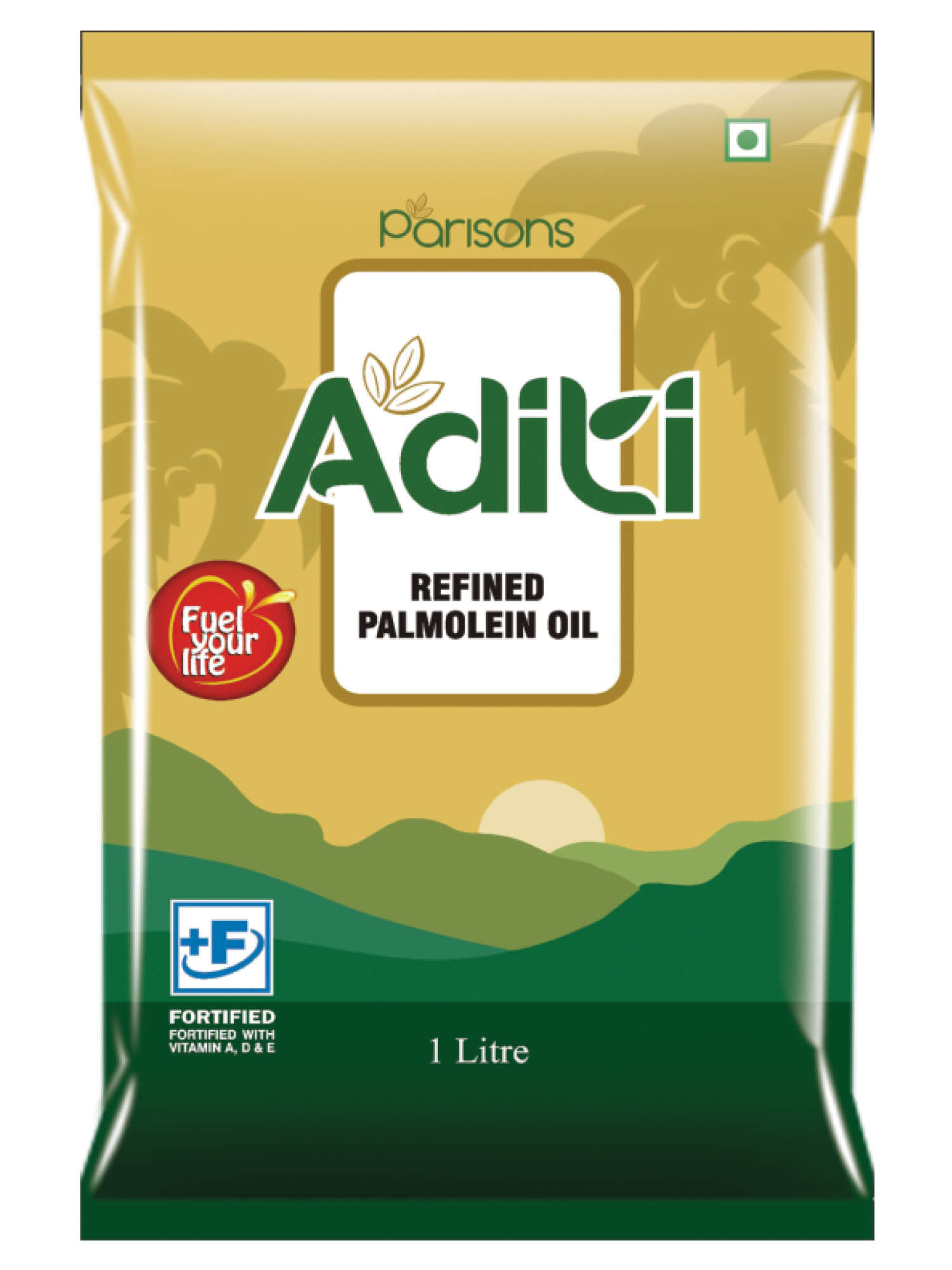Wasmosomali: The Ultimate Guide To Exploring A Hidden Cultural Gem
Have you ever heard of Wasmosomali? If not, you're about to dive into something truly special. Wasmosomali is more than just a phrase or concept; it's a cultural treasure waiting to be discovered. Picture this: a vibrant tapestry of traditions, flavors, and stories that have been passed down through generations. Whether you're a traveler, a culture enthusiast, or simply someone looking for new perspectives, Wasmosomali has something for you.
Think of Wasmosomali as a secret handshake to the world of Somali culture. It’s like unlocking a door to a room filled with rich history, unique art, and a community that thrives on connection. This isn’t just about learning facts; it’s about experiencing a way of life that’s both ancient and modern at the same time.
So, why should you care? Because understanding Wasmosomali isn’t just about broadening your knowledge—it’s about enriching your soul. In a world where we’re all connected but often disconnected, diving into something as profound as Wasmosomali can help bridge gaps and create meaningful connections. Stick around, and let’s explore this together!
Here’s a quick roadmap of what we’ll cover:
- What is Wasmosomali?
- A Brief History of Wasmosomali
- The Cultural Significance of Wasmosomali
- The Role of Language in Wasmosomali
- Wasmosomali Cuisine: A Feast for the Senses
- Music and Dance in Wasmosomali
- Art and Craftsmanship in Wasmosomali
- Community and Traditions in Wasmosomali
- Traveling to Experience Wasmosomali
- The Future of Wasmosomali
What is Wasmosomali?
Alright, let’s get down to business. Wasmosomali isn’t just a word; it’s a movement, a philosophy, and a celebration of Somali identity. If you break it down, “Wasmo” refers to the essence of being Somali, while “Somali” itself highlights the cultural roots. Essentially, it’s all about embracing the beauty of Somali heritage in every aspect of life.
But here’s the kicker: Wasmosomali isn’t static. It evolves with time, adapting to new influences while staying true to its core values. Whether it’s through fashion, music, or even social media trends, Wasmosomali continues to inspire people around the globe. It’s like a living, breathing entity that refuses to be confined by boundaries.
Why Wasmosomali Matters Today
In today’s fast-paced world, where cultures often get diluted or lost in translation, Wasmosomali stands as a beacon of authenticity. It’s not about rejecting modernity; it’s about blending the old with the new in a way that feels genuine and empowering. For many, it’s become a source of pride and identity, a way to connect with their roots while embracing the future.
A Brief History of Wasmosomali
Let’s rewind the clock and take a trip back in time. The roots of Wasmosomali run deep, tracing back centuries to the ancient Somali kingdoms. Back then, culture wasn’t just about traditions; it was about survival, community, and resilience. Think about it: in a land where resources were scarce, the ability to come together and thrive was key.
Fast forward to the modern era, and you’ll see how Wasmosomali has transformed. From the poetry of the nomadic tribes to the vibrant music scenes of Mogadishu, the evolution of Somali culture is nothing short of remarkable. And through it all, Wasmosomali has remained a constant thread, weaving together the past and present.
Key Historical Moments
- The rise of Somali poetry as a form of storytelling.
- The influence of Islamic culture on Somali traditions.
- The impact of colonialism and how it shaped modern Somali identity.
The Cultural Significance of Wasmosomali
Culture is at the heart of Wasmosomali, and it manifests in countless ways. From the way people dress to the way they greet each other, every aspect of daily life is infused with meaning. But what makes Wasmosomali so special is its ability to adapt without losing its essence.
For example, take a look at Somali fashion. Traditional outfits like the dirac and shash have evolved into stunning modern designs, blending cultural elements with contemporary trends. It’s like watching history come alive in fabric. And don’t even get me started on the hospitality—Somalis are known for their warmth and generosity, making guests feel like family.
Wasmosomali and Identity
For many Somalis, Wasmosomali is more than just a cultural movement; it’s a statement of identity. In a world where stereotypes often overshadow reality, embracing Wasmosomali is a way to reclaim narrative and celebrate diversity. It’s about showing the world that Somali culture is rich, dynamic, and full of life.
The Role of Language in Wasmosomali
Language is the lifeblood of any culture, and in Wasmosomali, it plays a crucial role. Somali, the official language, is a treasure trove of expressions, idioms, and proverbs that reflect the community’s values and worldview. But here’s the cool part: even as Somali continues to thrive, it’s also embracing new influences, creating a unique linguistic landscape.
Take social media, for instance. Platforms like Twitter and Instagram have become hotspots for Wasmosomali language innovation. You’ll find everything from modern slang to playful wordplay, all rooted in Somali traditions. It’s like watching a language grow and evolve in real-time.
Key Phrases in Wasmosomali
- “Salaam aleikum” – A traditional greeting meaning “peace be upon you.”
- “Ma ninka aqbalo” – A phrase expressing gratitude or agreement.
- “Waan la sameeyah” – A way of saying “I agree” or “I understand.”
Wasmosomali Cuisine: A Feast for the Senses
Let’s talk food because, let’s be real, food is the universal language. Wasmosomali cuisine is a sensory delight, combining flavors, spices, and textures that will leave you wanting more. From savory dishes like bariis (rice) and sambusas to sweet treats like cambuulo (red bean dessert), there’s something for everyone.
And here’s the best part: Wasmosomali food isn’t just about taste; it’s about connection. Meals are often shared with family and friends, turning every meal into a celebration. Whether you’re sipping on a cup of shaah (tea) or digging into a plate of laghmaj, you’re not just eating—you’re experiencing culture.
Must-Try Wasmosomali Dishes
- Bariis Muqmad – Spiced rice served with meat.
- Sambusas – Fried pastries filled with spiced meat.
- Cambuulo – A sweet dessert made from red beans.
Music and Dance in Wasmosomali
Music is the heartbeat of Wasmosomali, and it’s impossible to talk about the culture without mentioning its vibrant music scene. From traditional instruments like the oud to modern beats that blend Somali rhythms with global influences, the music of Wasmosomali is a celebration of diversity and creativity.
And let’s not forget the dance! Whether it’s the energetic moves of the dabke or the graceful steps of traditional Somali dances, music and movement go hand in hand. It’s like watching a story unfold through rhythm and motion.
Famous Wasmosomali Musicians
- Xawa Abdi – A renowned Somali singer known for her powerful voice.
- Mohamed Mooge – A pioneer in Somali music who continues to inspire new generations.
- Waayaha Cusub – A modern band blending traditional and contemporary sounds.
Art and Craftsmanship in Wasmosomali
Art is another cornerstone of Wasmosomali culture, and it takes many forms. From intricate beadwork to stunning wood carvings, the craftsmanship of Somali artisans is nothing short of extraordinary. And with the rise of digital platforms, Wasmosomali artists are gaining global recognition, showcasing their work to audiences around the world.
But art isn’t just about aesthetics; it’s about storytelling. Every piece tells a story, whether it’s about history, identity, or personal experiences. It’s like a window into the soul of the community.
Wasmosomali Art Forms
- Beadwork – Intricate designs used in jewelry and clothing.
- Wood Carvings – Beautiful sculptures that reflect Somali traditions.
- Painting – Modern and traditional art that captures the essence of Wasmosomali.
Community and Traditions in Wasmosomali
At the heart of Wasmosomali lies a strong sense of community. Whether it’s through family gatherings, cultural festivals, or community events, the bonds between people are what make this culture so special. Traditions play a key role in bringing people together, creating shared experiences that transcend generations.
For example, weddings in Wasmosomali are not just about the couple; they’re about the entire community. From the elaborate ceremonies to the joyous celebrations, every detail is designed to bring people closer. It’s like a big, beautiful party where everyone is invited.
Wasmosomali Festivals
- Eid Celebrations – Festivals marking the end of Ramadan with food, music, and joy.
- Cultural Fairs – Events showcasing art, music, and traditions from across the Somali regions.
- Weddings – Lavish celebrations that bring families and communities together.
Traveling to Experience Wasmosomali
If you’re ready to experience Wasmosomali firsthand, there’s no better way than traveling to the source. From the bustling streets of Mogadishu to the serene beaches of Berbera, every corner of Somalia offers a unique glimpse into this incredible culture. And with tourism on the rise, it’s easier than ever to explore.
But here’s the thing: traveling to experience Wasmosomali isn’t just about sightseeing; it’s about immersion. Whether you’re joining a local market, attending a cultural event, or simply sharing a meal with new friends, every moment is an opportunity to learn and grow.
Tips for Traveling to Wasmosomali
- Respect local customs and traditions.
- Engage with the community and ask questions.
- Try new foods and experiences with an open mind.
The Future of Wasmosomali
As we look to the future, the potential for Wasmosomali is limitless. With increasing global recognition and a new generation of creators, innovators, and leaders, the culture is poised to thrive. But here’s the challenge: how do we preserve the essence of Wasmosomali while embracing the future?
The answer lies in collaboration. By working together, communities can ensure that Wasmosomali continues to evolve in a way that honors its roots while embracing new possibilities. It’s about creating a future where everyone can celebrate and contribute to this incredible cultural movement.
What’s Next for Wasmosomali?
- Increased global recognition and cultural exchange.
- New innovations in art, music, and technology.
- A stronger focus on preserving traditional practices.
Conclusion
So, there you have it—a deep dive into the world of Wasmosomali. From its rich history to its vibrant present and exciting future, this cultural movement offers something for everyone. Whether you’re exploring through food, music, art, or community, Wasmosomali is a journey worth taking.
Now, here’s the kicker: don’t just read about it—experience it! Dive into the world of Wasmosomali, connect with the community, and let it enrich your life. And when you’re done, come back and share your stories. Because the more we talk about Wasmos
/GettyImages-152830921-5895b23c3df78caebc9be240.jpg)


Detail Author:
- Name : Hazel Roob
- Username : rgerhold
- Email : jfeest@gmail.com
- Birthdate : 2003-12-27
- Address : 3660 Adam Spring Lake Opal, MA 82621
- Phone : 1-458-936-9205
- Company : Berge-Stroman
- Job : Architect
- Bio : Et nemo quia facilis voluptas eveniet omnis. Eos mollitia adipisci dolor quas veritatis. Corporis quia est enim ea. Et eos illo veritatis voluptas exercitationem similique.
Socials
twitter:
- url : https://twitter.com/xander4453
- username : xander4453
- bio : Temporibus et cum enim deserunt ex sequi explicabo sunt. Rem maiores eum ducimus et aut. Non odio delectus recusandae itaque. Qui error et natus expedita.
- followers : 1420
- following : 1431
linkedin:
- url : https://linkedin.com/in/xander_beatty
- username : xander_beatty
- bio : Harum vitae quo quod aliquam fuga qui voluptas.
- followers : 3374
- following : 771
tiktok:
- url : https://tiktok.com/@beattyx
- username : beattyx
- bio : Ipsam in sed consequatur voluptas aliquam est.
- followers : 3213
- following : 47